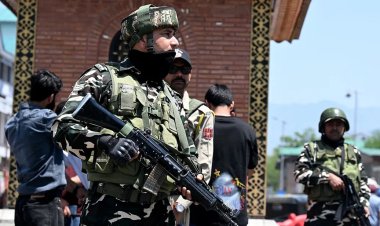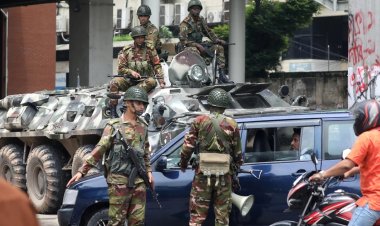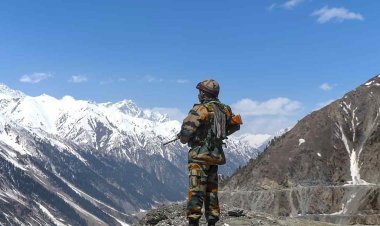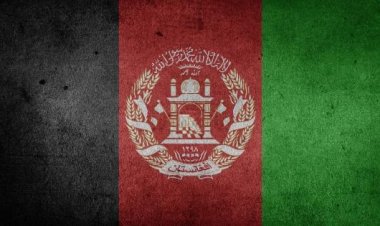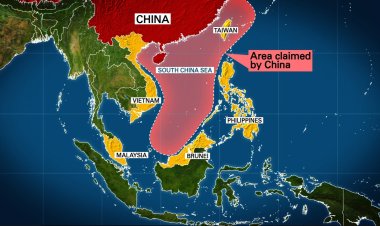Explainer: Al-Zawahiri killed in the U.S Hellfire missile strike
The following article explains the background of the al-Qaeda leader Ayaman Al-Zawahiri following his death by the U.S Hellfire missile strike. The article raises the probability of Afghanistan becoming a safe haven for terrorism following the U.S withdrawal in 2021.
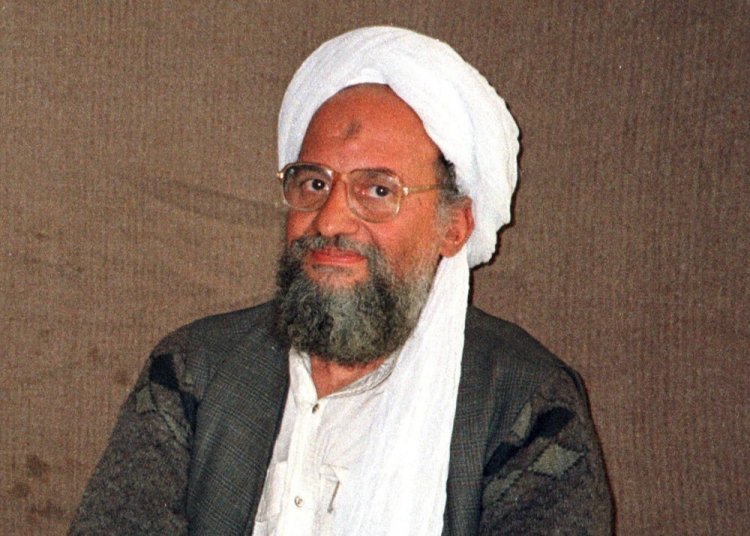
Explainer
By Anirban Dutta
Introduction
Ayman al-Zawahiri was an Egyptian-born Islamic terrorist influenced by the extremist leader Sayyid Qutb. The execution of an Egyptian Islamic Brotherhood leader Sayyid Qutb in 1966 encouraged al-Zawahiri to form Jammat al-Jihad when he was fifteen years old. Al-Zawahiri befriended Osama bin Laden during the Soviet invasion of Afghanistan in 1979. Al-Zawahiri acted as an advisor to Bin Laden during the 1998 bombings of the U.S embassy in Kenya and Tanzania. Zawahiri also provided intellectual support to al-Qaeda and became the group's leader after Bin Laden's death.
Afghanistan as a haven for terrorist organisations after the Taliban takeover
Al-Zawahiri’s death comes at a time when Afghanistan is becoming a haven for international terrorism, after the Taliban takeover including for al-Qaeda. A CIA report in 2021 noted that the number of al-Qaeda fighters was rising. The report estimated two to three years before al-Qaeda regained its former strike capability. Moreover, the statement by al-Qaeda on August 31, 2021, congratulating the Taliban for its consolidation of power in Afghanistan, signifies an effort where al-Qaeda attempts to re-gain some of the international spotlight via the Taliban. This is the context in which al-Zawahiri’s death by a U.S drone strike has occurred.
U.S missile strike proves the presence of al-Qaeda outfits in Afghanistan
The U.S withdrawal from Afghanistan left a vast amount of equipment that could be utilised for combat operations, as the price of combat weapons would fall and cause an increase in violence. Moreover, these conditions are welcoming the foreign fighters on Afghan soil. The presence of foreign fighters like al-Qaeda near Kandahar, Nangarhar and Kabul can be traced back to 2020. The lack of regulation of the porous borders of Afghanistan creates the possibility of a high influx of foreign militants from terrorist outfits like the al-Qaeda fleeing to Afghanistan, along with the massive movement of people fleeing the Taliban rule. A U.S drone attack is unlikely to interfere with the operational capabilities of al-Qaeda, having access to the foreign arms that received a significant boost following the U.S withdrawal from Afghanistan.
Al-Zawahiri reappears in 2021 as the 'great Satan' withdraws.
Al-Zawahiri appeared on video which circulated online on September 11, 2021. He denounced the rumours surrounding his death. The al-Qaeda leader's appearance, on the 20th anniversary of 9/11, was met with celebrations with posters, videos and hashtags on social media. The video and its surrounding discourse portrayed America as 'great Satan' which had lost political and operational influence over Afghanistan. A close relationship between the Taliban and al-Qaeda was indicated, wherein the new Islamic Emirate created by the Taliban would support al-Qaeda.
Al-Zawahiri's killing and America's counter-terrorism capability
The frequent appearance of the former al-Qaeda leader from the balcony of his house in a posh Kabul locality had indicated his return to Afghanistan following the U.S withdrawal. On July 31, 2022, the CIA fired two Hellfire missiles onto the safe house of the Taliban leader. The missiles, which are precision guided, caused little damage other than killing al-Zawahiri. Hellfire missiles were originally developed as an anti-tank missile. However, the strike on al-Zawahiri seems to have been carried out by modified Hellfire missiles, called the R9X, which use six blades to attack the target. This modification allows the missile to minimize civilian casualties. Hellfire R9X missiles, developed during the Obama presidency, have been used to kill other terrorist leaders Jamal al-Badawi in the past.
U.S spies and assets in the region had tracked the al-Qaeda leader for weeks before killing him. It is alleged that the leadership of the Haqqani network brought the al-Qaeda leader into the safe house. Such an attack demonstrated the capability of the U.S to conduct ‘over-the-horizon’ counter-terrorism operations. Therefore, the attack strengthens the claims by the current U.S President, Joe Biden, that the war against terrorist organisations inside Afghanistan can still be conducted despite the restoration of the Taliban rule and the lack of U.S ground troops.
Conclusion
The killing of the al-Qaeda leader Al-Zawahiri could pave the way for radical elements to increase recruitment and training. The event might serve as an incentive to the terrorist organisations to conduct further attacks against the U.S interests in the region. The leadership under al-Zawahiri had continued to enjoy significant support from the community as it followed the ‘franchise’ model to expand its influence. Therefore, the local armed groups with a degree of organisational and financial autonomy would likely continue operations against Western interests across the region, despite the death of a prominent leader.
Disclaimer: This paper is the author's individual scholastic contribution and does not necessarily reflect the organization's viewpoint.

